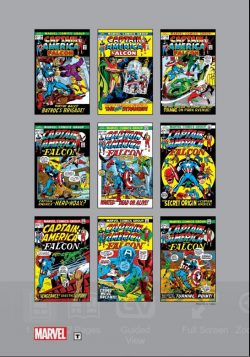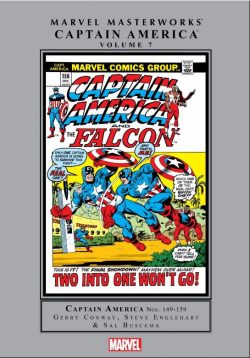
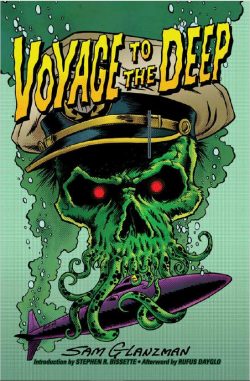
By Sam J. Glanzman. Paul S. Newman, Lionel Ziprin & various (It’s Alive!/IDW)
ISBN: 978-1-68405-450-3 (HB)
If you have any kind of vintage to you, you’ll have heard of Irwin Allen’s techno-fantasy Voyage to the Bottom of the Sea: as a movie or in its later television incarnation. The franchise was a huge global hit in the 1960’s and spawned lots of the usual spin-offs in games, toys and comicbooks.
You might not be aware that between the comics adaptation of the movie (in Four-Color # 1230, November 1961) and the 16-issue series based on the TV sensation (published between December 1964 and May 1969), another undersea phenomenon saved the world a few times, equally inspired by atomic age wonders of the briny depths and (arguably) that movie…
The details are revealed in Steve Bissette’s informative Introduction ‘The Proteus Prophecies (The Cold War SFusion of Voyage to the Deep)’: tracing the history of submersible vehicles, nuclear subs – in fact and fiction – and the richly-mined seam of subsea adventure in comics. A handy sidebar – ‘The Voyage of Voyage’ – then traces the efforts of director Irwin Allen as he brought Voyage to the Bottom of the Sea to screens large and small and thus created a comics sub-genre (sorry; couldn’t resist).
Once upon a time Dell Comics and Gold Key were the same publishing monolith, Western Print and Litho. As Whitman Publishing, they produced their own books and comics for decades through their Dell and Gold Key imprints, rivalling and often surpassing DC and Timely/Marvel at the height of their powers. Famously, they never capitulated to the wave of anti-comics hysteria which resulted in the crippling self-censorship of the 1950s.
Dell Comics never displayed a Comics Code Authority symbol on their covers. They never needed to: their canny blend of media and entertainment licensed titles were always produced with a family market in mind and the creative staff took their editorial stance from the mores of the filmic Hayes Code and its analogues in the burgeoning television industry.
Just like the big and little screen, the product enticed but never shocked and kept contentious social issues implicit instead of tacit. It was a case of “violence and murder are fine, but never titillate.â€
Moreover, most of their adventure comics covers were high quality photos or paintings – adding a stunning degree of veracity and verisimilitude to even the most outlandish of concepts for us wide-eyed waifs in need of awesome entertainment. For decades, the company seemed the only first choice for a licensed comicbook, and to be honest, the results seldom disappointed.
They also employed some of the best artists in America as well as the wider world…
After far too many years as a secret darling of the comics cognoscenti, in his last years Sam J. Glanzman was finally awarded his proper station as one of American comics’ greatest and most remarkable creators – thanks in no small part to the diligent efforts of editor Drew Ford, (initially at publishing house Dover, and later his own It’s Alive! imprint) which revived groundbreaking graphic novel sequence A Sailor’s Story, astonishing semi-autobiographical series USS Stevens and other non-superhero classics and enshrined them on bookshelves across the world.
Apart from his time in the Navy, Glanzman drew and wrote comics from the 1940s until his death in 2017, most commonly in the classic genres – war, western, mystery, adventure and fantasy – where his raw, powerful and subtly engaging style and wry wit made his work irresistibly compelling to generations of readers
On titles such as Kona, Monarch of Monster Island, Combat, Jungle Tales of Tarzan, Hercules, The Haunted Tank, The Green Berets and cult classic The Private War of Willie Schultz, Glanzman always produced magnificently rousing yarns which fired the imagination and stirred the blood. That unceasing output always sold well and won him a legion of fans (most vocally amongst fellow artists), if not from the insular and over-vocal fan-press. Most of the above cited are also now or soon to be available in archival editions (mostly brilliantly cleaned-up and remastered by Now Read This‘ own Allan Harvey) and – if I live long enough – I’ll be urging you to get them too via reviews like this one…
One of Glanzman’s early jobs for Dell was the movie adaptation of Voyage to the Bottom of the Sea, so with his maritime experience and gritty style he must have been the only choice to limn the adventures of another fantastic super submarine: Proteus in Voyage to the Deep…
Scripted by Paul S. Newman and Lionel Ziprin, four fully-restored, mammoth issues of fantastic science fantasy begin with the eponymous ‘Voyage to the Deep’ as #1 introduces the next wave of submersible technology in the fluid form of Proteus: a twin-skinned atomic submarine that can alter its shape to counter the appalling pressure of the sea bottom.
Commanded by Admiral Jonathan Leigh, and skippered by Captain Duke Peters, the exploratory prototype is soon seconded into drastic action after an unseen Enemy inimical to all life tampers with the planet’s molten core and tips the planet off its axis. By attacking the Marianas Trench, the shift displaces all the world’s oceans, sparking colossal tsunamis to wipe out civilisation.
With humanity drowning and undiscovered monsters awakening, Proteus attempts to rectify the apocalyptic damage to the sea floor. They have only one chance, if only the crew can hold their nerve…
Remember I said Dell never acknowledged Comics Code Authority dictates? Be prepared for an astounding and compelling slice of doomsday fiction with a truly staggering body count…
With the battered Earth barely recovering from its close call, the second issue (May-July 1963) saw the doughty submariners facing ‘The Ice Menace’ as a follow-up attack finds humanity facing global extreme snowfalls. Dreading the prospect of a new ice age, Leigh’s super-sub heads to the North pole on a data-gathering mission and the maritime genius devises a way to reverse the Enemy’s geological sabotage and save mankind once more…
The threat had not ended and #3 (August-October 1963) reveals the Proteus being refitted just in time to hunt down ‘The Anti-Matter Threat’ hidden somewhere on Earth and slowly building to a critical mass…
The constant war of nerves concludes but did not end with the ‘Mysterious Mission’ in #4, as Proteus goes hunting for the Enemy technology that sparks a chain of underwater volcanoes that threaten to rip the world apart…
This epic hardcover or digital tome is bursting with extras: beginning with a rousing cover gallery of painted monster masterpieces by John McDermott and continuing with the extra strips that came as standard in the mainly-advert-free comics. These include context-contributing fact-features ‘Creatures of the Deep’, ‘The Great Flood’, ‘Fire and Water’, ‘Ice Ages’, ‘Arctic Creatures’, ‘Dangerous Waters’ and ‘Trial by Fire’ – all by Glanzman – and ‘The Never-Ending Hunt’ by Alex Toth & Mike Peppe.
One place that did sell ad-space was the back cover, and a gallery of those tantalisingly offer again the toys and prizes generations of British kids drooled over because they were exotic, bombastic and generally unreachable on pocket money that didn’t come in dollars and cents…
Wrapping up with a fond appreciation in ‘E Pluribus Unum’, an erudite Afterword by this volume’s cover artist Rufus Dayglo (who also adds a tentacle-bestrewn spot illustration here in the Kickstarter edition that you should pray is included in the mainstream edition!), as well as a welcome biographies section, this is a marvellously manic and sublimely seductive nostalgia wave any fan of fantastic fiction would be mad to miss.
Voyage to the Deep illustrations © the estate of Sam J. Glanzman. “The Proteus Prophecies†© 2018 Stephen R. Bissette. “E Pluribus Unum†© 2018 Rufus Dayglo. Voyage to the Deep All Rights Reserved.

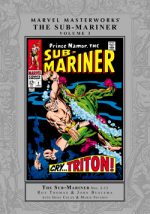

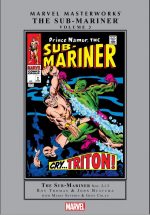
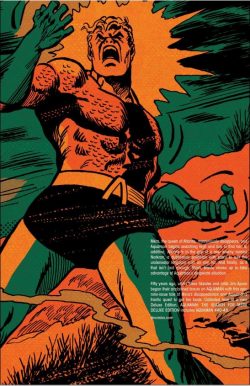
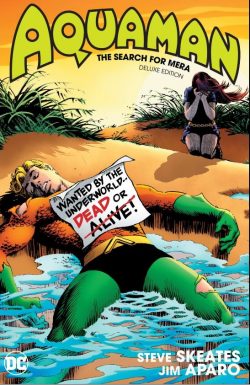
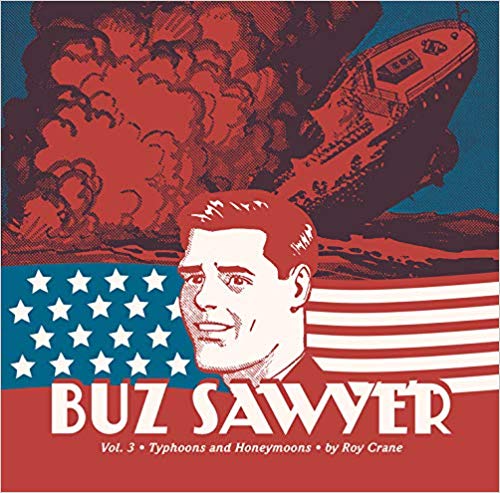


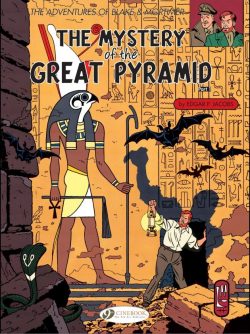
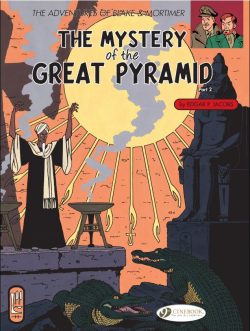
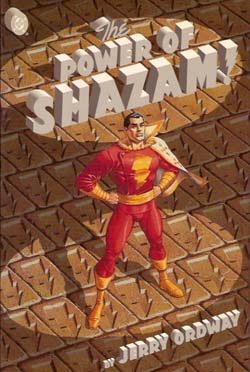
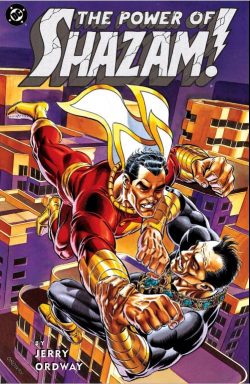
 c
c


